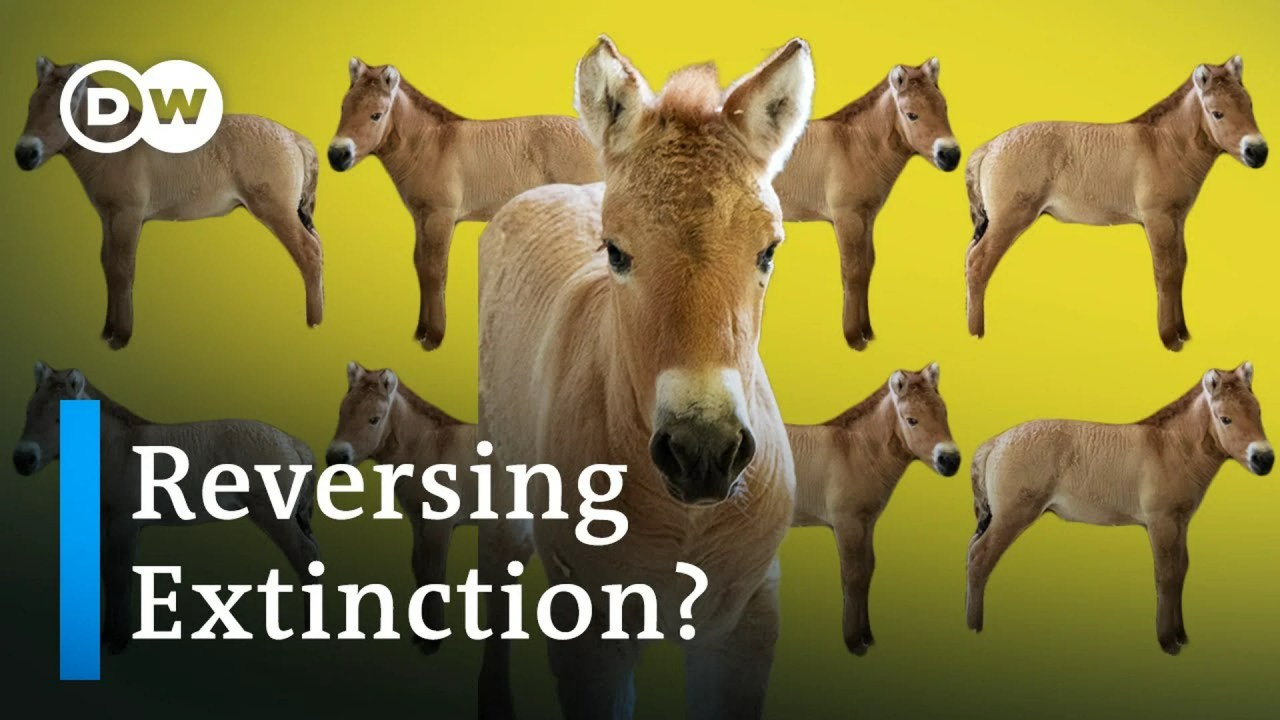Cloning has become a powerful tool in the fight to preserve biodiversity and protect endangered species. Cloning is the process of creating an identical copy of a living organism, in this case, animals or plants. It’s essentially a form of artificial reproduction that allows scientists to increase the numbers of an endangered species while also maintaining genetic diversity.
This technique can provide conservationists with an insurance policy against extinction as it enables them to preserve the original genetic material of threatened species so that they remain viable into the future. In many cases, cloning can even help revive these species if their population numbers have declined too low for natural reproduction to occur. Recent successes include cloning the Pyrenean ibex which was declared extinct in 2000 but was successfully cloned from frozen tissue samples in 2009.
The film ‘Glimpses From the Future: Clones and Genes’ takes us on a globe-trotting journey exploring how cutting-edge biotechnology can help restore ecosystems and rewild habitats. It takes us behind-the-scenes with biologists from around the world who are pioneering cloning efforts and delves deep into the important ethical questions raised by this technology.
By watching this documentary you will gain insight into some of these incredible projects and understand why cloning is becoming increasingly important for protecting biodiversity around the globe. So tune in today and be part of this exciting conversation about conservation – you never know what you’ll uncover!



